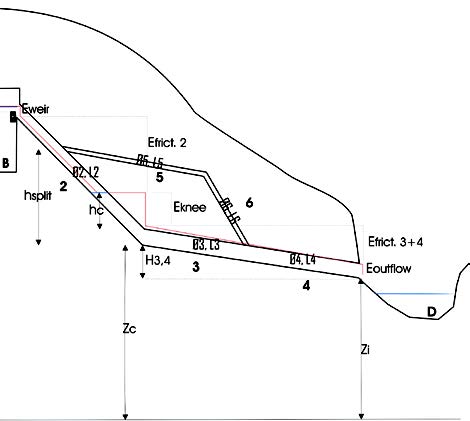A Steady State Hydraulic Model of a Karst Aquifer
DOI:
https://doi.org/10.3986/ac.v36i2.196Povzetek
It is known, that 90 % or even more of underground water flows through large conduits. Restrictions and siphons represent only small percentage of karstic aquifer. But because of them, conduits, which transmit water, are only partly accessible. Difficult access is a reason why many water transmissions have not been explored yet. Because of this, geometry and length of all underground conduits is not known, it can be only predicted. In such a case processes of water flow in karstic conditions are more easily predictable by modeling. Basic physical models are usually used. They are based on the conduit permeability of karst water. We assume conduits with different dimensions, smaller usually presenting areas of full pipe flow (under pressure) and larger open channel flow. We were interested in the hydraulic conditions, when does the change from open channel to full pipe flow occur and when does underground flow from main conduit divide into two neighbouring conduits. The response of a karst aquifer to a flood pulse was not studied in our model, but we observed its behaviour during a constant increase of recharge into the karstic underground.
Prenosi

Prenosi
Objavljeno
Kako citirati
Številka
Rubrike
Licenca
Avtorji jamčijo, da je delo njihova avtorska stvaritev, da v njem niso kršene avtorske pravice tretjih oseb ali kake druge pravice. V primeru zahtevkov tretjih oseb se avtorji zavezujejo, da bodo varovali interese založnika ter da bodo povrnili morebitno škodo.
Podrobneje v rubriki: Prispevki




